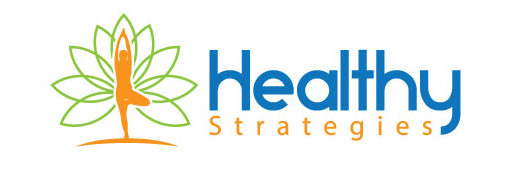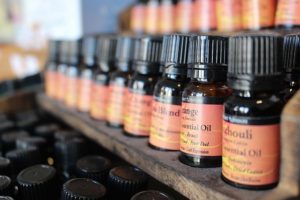Boost the Immune System by Avoiding Toxins—Part 2
How to boost your immune system by avoiding toxins (part 2) will discuss polychlorinated byphenyls—PCBs.
MAIN TAKEAWAYS for polychlorinated byphenyls—PCBs
- banned since 1979 but persistent in the environment
- used as coolant and lubricants
- used in carbonless paper
- can still be found today in old fluorescent lights and old transformers
- nowadays present as contaminants in commercial paint pigments and synthetic colorants
Today’s human exposure comes from
- fish from contaminated waters
- farmed salmon—due to fishmeal
- animal fat (meats and dairy)
Can be transmitted from mothers to babies causing:
- premature birth
- low birth weight
- negative effects on the immune, endocrine and nervous systems
How to boost your immune system by avoiding toxins (part 2) will cover polychlorinated byphenyls—PCBs. Their chemical structure is related to the dioxins—discussed in the previous post, and they are just as persistent in the ground and water.
Unlike dioxins that are crystals, PCBs are viscous oils. They were industrially produced until 1979, when banned because of their toxicity.
Their properties made them useful as coolants and lubricants in electrical equipment. They can still be found in old fluorescent lights (and released when the ballasts fall off) and in old transformers.
Before copy machines, carbonless paper was a popular commodity in offices. Many people using it experienced allergic dermatitis, itchy eyes, and respiratory tract irritation. Why? Because of the PCB’s used in producing it were released while pressing with the pen. From here on, they can be inhaled, can cross easily through skin, and don’t wash away properly—being ingested hours later with meals.
Today PCBs still occur as contaminants in the production of:
- commercial paint pigments (azo- and phthalocyanine pigments),
- synthetic colorants used in:
—textiles
—leather
—plastics
—paper
—ink (newspapers and magazines!)
—cosmetics
—some foods
As you can see, being aware where these toxins hide can help avoiding them, thus boosting our immune system.
Because of their persistence in the environment, PCBs end up un our food or drinking water.
- fish (from contaminated waters) is a major source—more likely for species living and feeding on sediment at the bottom (for instance catfish, carp, and others)
- farmed salmon, because of the contaminated fishmeal—PCBs accumulate in the fat that the salmon usually contains.
How can PCBs be decreased when eating fish:
- removing the fish skin because is under the skin where most fish fat exists and that’s where PCB’s accumulate
- not frying the fish
- grilling or baking it using a rack in the pan, thus allowing any fatty substances to drip out, reducing the amounts we end up eating.

As of April 2018, some PCBs were still detected in New York-New Jersey Harbor, Delaware River, Houston Ship Canal, the Rio Grande River and San Francisco Bay, and in water at several sites in the Great Lakes region.
Here are two sources to guide you when deciding what fish is healthy:
Animal feed contributes to the amounts of PCBs detected in meat and dairy, for the same reason: accumulating in fat. The plants take up only minimal amounts of PCBs if the soil is contaminated, but PCBs-contaminated dust can land on plants and grass.
How can they be avoided from meat and dairy:
- trimming the meat/pork/chicken fat
- using low fat dairy products
- choosing organic products whenever possible because animal feed is less likely to contain PCBs when the USDA organic seal is present
Mayo Clinic says PCBs “can be transferred from mothers to babies causing preterm delivery and low birth weight. They can also affect immune, nervous end endocrine systems”—changes that can persist for a long time. That’s why trying to diminish the exposure has a good chance not just to boost the immune system, but to avoid endocrine and neurological consequences as well.
Just like dioxins, PCBs may play a role in chloracne—name linked to the chlorine elements that are part of these chemical classes.
As you learned about PCBs in paint pigments, you could find out more about the synthetic dyes used in foods and medications. You can download the ebook Keep away from GRAS and check out the discussion about dyes in cosmetics and foods. Again, if you don’t have time for the explanations, there are lists at the end of each section and in the Appendixes.
If you suffer from allergies and the reason was not clearly identified yet, synthetic dyes may play a role and this information may be a useful tool.


